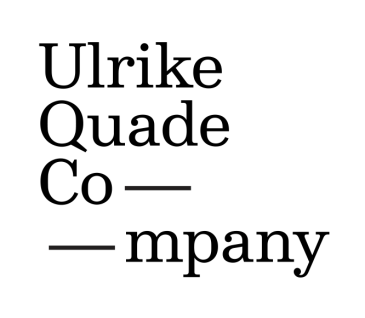 https://www.ulrikequade.nl/ulqua/wp-content/uploads/2024/09/AnoukvanKalmthout_PortretUlrike_1_Liggend_Lowres_thumb.jpg
1067
1300
Ulrike Quade Company
https://www.ulrikequade.nl/ulqua/wp-content/uploads/2023/01/logo_strepen_vierkant-365x318.png
Ulrike Quade Company2024-12-13 15:42:352024-12-20 14:32:03Interview with Ulrike Quade: on UNBORN’s unheard perspectives
https://www.ulrikequade.nl/ulqua/wp-content/uploads/2024/09/AnoukvanKalmthout_PortretUlrike_1_Liggend_Lowres_thumb.jpg
1067
1300
Ulrike Quade Company
https://www.ulrikequade.nl/ulqua/wp-content/uploads/2023/01/logo_strepen_vierkant-365x318.png
Ulrike Quade Company2024-12-13 15:42:352024-12-20 14:32:03Interview with Ulrike Quade: on UNBORN’s unheard perspectivesHuman-robot interaction: safety and improvisation
The Ulrike Quade Company, a pioneer in interdisciplinary visual theater in Amsterdam for over twenty years, combines puppetry and technology on stage. Our mission is to blur the boundaries between technology, art and humanity. We do this by collaborating with professionals from the performing arts, creative industries and sciences.
In our Center Stage Robotics project, we explore how industrial robots can perform in a theatrical environment. From July 2023 to December 2024, we are diving into the world of industrial robots within theater and performance. Our sprints are essential here: intensive work sessions in which we explore specific topics and themes with a multidisciplinary team. These sessions provide new insights, prototypes and concepts for future theater and museum projects.
Third sprint: safety and improvisation in manual manipulation of the KUKA
In this sprint, we focused on the manual manipulation of KUKA robots within the performing arts. This presents specific safety challenges, as the robots have a lot of power and become less predictable when operated manually. The goal was to find ways for the robots to work safely and effectively with human performers.
The challenges of manual manipulation
KUKA robots were originally designed for industrial use, where they typically do not interact directly with humans. They therefore lack the safety features needed in a theatrical context. When robots are operated manually, unexpected actions can occur, especially if the operator is not very experienced. This can create dangerous situations for performers near the robot.
Experimenting with safety and control
The event began with Rick van Dugteren presenting various technologies and methods to improve the safety and controllability of manual manipulation. One important aspect was the introduction of software that provides additional safety features, such as automatic stops based on proximity and speed. These features can allow the robot to operate more safely in close proximity to human performers.
In addition, Rick paired an Xbox controller with the robot to test whether this could provide an easier and safer method of manual control. The Xbox controller is much more user-friendly than the original KUKA controller, but it also has limitations in functionality. Marijke Hessels was the first to operate the KUKA via the Xbox controller. The experiment showed that some of the robot’s movements were unexpected and sometimes abrupt, highlighting how important training and experience are when controlling the robot manually.
Discussion and reflection
The ensuing discussion provided valuable insights and ideas for future developments. Participants emphasized the importance of skill and sensitivity when manually manipulating KUKA robots, similar to the skills of puppeteers. The difference, however, is that robots are much more powerful and less predictable, requiring additional safety measures.
An interesting idea that emerged was the use of motion capture technology to link the robot’s movements to the movements of a human body. This could not only improve safety, but also open up new artistic possibilities. For example, an artist could record movements and replay them later, allowing for more accurate and safe interaction with the robot.
Conclusion
This sprint laid the groundwork for addressing safety issues in the manual manipulation of KUKA robots in the performing arts. The experiments and discussions inspired new ideas and reflections that can be further developed in future meetings. The event highlighted the need for both technological and training solutions to maximize the safety and artistic potential of robots in theater.





